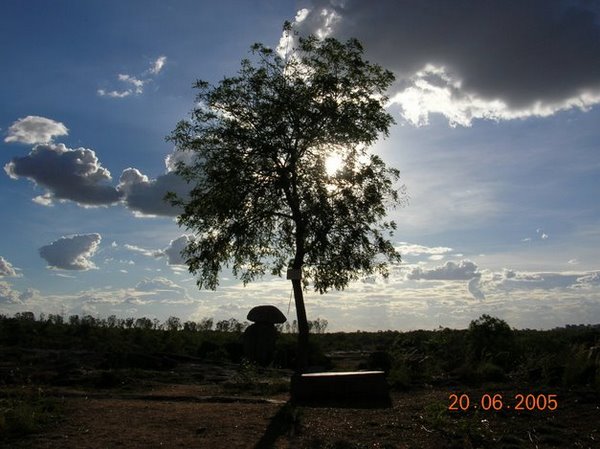Let the light of late afternoon
shine through chinks in the barn, moving
up the bales as the sun moves down.
Let the cricket take up chafing
as a woman takes up her needles
and her yarn. Let evening come.
Let dew collect on the hoe abandoned
in long grass. Let the stars appear
and the moon disclose her silver horn.
Let the fox go back to its sandy den.
Let the wind die down. Let the shed
go black inside. Let evening come.
To the bottle in the ditch, to the scoop
in the oats, to air in the lung
let evening come.
Let it come, as it will, and don’t
be afraid. God does not leave us
comfortless, so let evening come.
The poem strikes you for the beauty of the visual imagery drawn from a rural scene .Heart-rendingly beautiful ,especially when you know that the poem actually talks about the creeping inevitability of the tragic end of the poet’s friend who was slowly dying of cancer. Herself a Bipolar disorder victim the poet has drawn from her own experiences of her rural background to paint a beautiful picture of the day as it progresses towards the evening and then darkness of the night.
The light of the chinks in the barn moves slowly up the bales towards the evening. The cricket prepares to chafe for the evening and the woman readies to sew .Everything in nature is slowly moving towards the evening and the night when the shed will become “black”.The beauty of the imagery comes through in the way the visual element gets built up -“light shining through the chinks of the barn”, then “moving up the bales as the sun goes down”, “dew collcting on the hoe abandoned in the tall grass”,”the bottle in the ditch”,”scoop in the oats”- powerful word-pictures which enhance the visual beauty of the poem.
